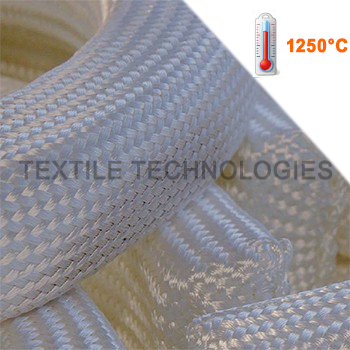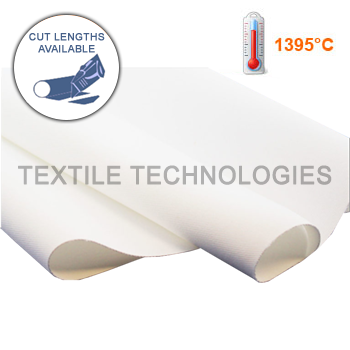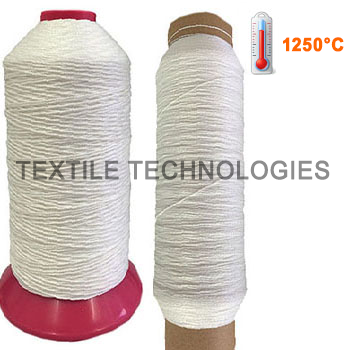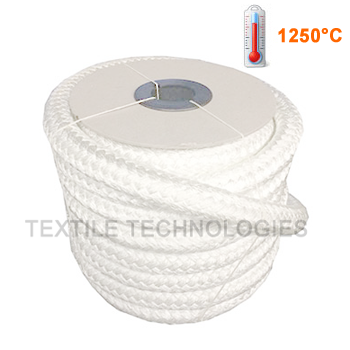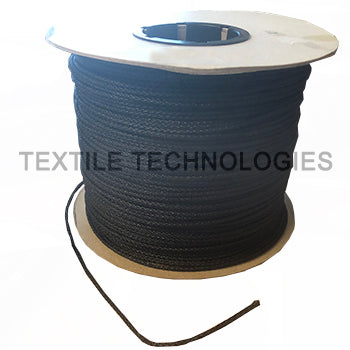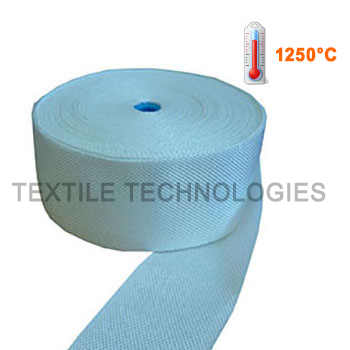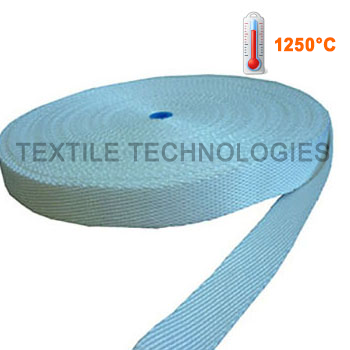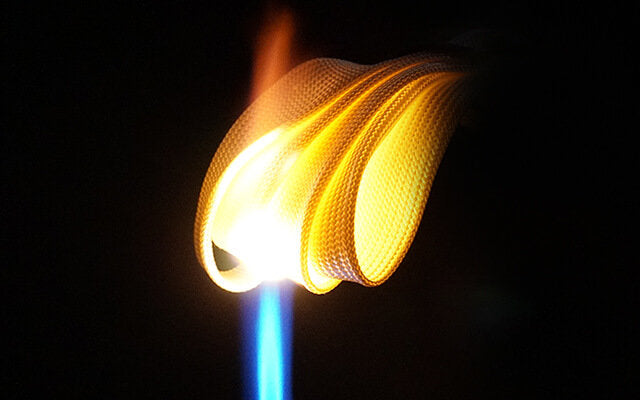
ALF continuous Alumina-Silica fibre is classified into four types with different ratio of Alumina and Silica. Briefly, hardness of the fibre and the max temperature for continuous use goes up as ratio of alumina increases.
ALF G2 Type – Alumina / Silica ratio 60/40%
ALF G2 type has excellent flexibility and softness due to containing 40% of Silica. HILTEX ALF G2 type can continuously resist temperatures up to 1200°C.
ALF F2 Type – Alumina / Silica ratio 72/28%
ALF F2 type is the most common type of ALF. Most of our products are made by using ALF F2 yarn. This type of yarn can continuously resist temperatures up to 1250°C.
HILTEX ALF E3 Type – Alumina / Silica ratio 80/20%
This type can continuously resist the temperatures up to 1300°C.
HILTEX ALF FB3 Type – Alumina / Silica / Boron ratio 70/28/2%
ALF FB3 type has the best thermal resistance and hardness among all type of ALF. ALF FB3 type contains 2% boron. This type can continuously resist the temperatures up to 1395°C.
Further Technical Information
The crystal phases of ALF is comprised are fine size of crystals, which are a mixture of alumina and amorphous SiO2. This combination gives ALF flexibility and perfect tensile strength. At the case of exposure to more than 1200°C, the crystal phases initiate to change into unstable phases, such as α-alumina, θ-alumina and mullite. In addition, the size of the crystals is growing at exposure of even higher temperatures. This phenomenon causes decrease in flexibility and the tensile strength of ALF. For instance, the strength retention of ALF is approximately 50% after 24hrs at 1200°C. In actual cases ALF can be used over 1200°C giving ALF still enough tensile strength and flexibility for usage in many applications, despite the changing of the crystal phase and growing size of the crystal. The maximum temperature we recommend, is based on our various experiences of the usage of ALF.
Shrinkage
Regarding “shrinkage”, ALF shrinks approximately 2% after being exposed at 1300°C for 24hrs as a result of transition of crystal type or phase from γ-Alumina and amorphous SiO2 to Mullite.
Weight loss
There is no weight loss, except binder that vaporizes due to exposure to high temperature. This is different from products that contain boron.
Cold atmosphere
Additionally, ALF is not affected in the atmosphere of extreme low temperatures like liquid nitrogen (-196°C).
Chemical resistance
(1). Acid
Usually, ALF has a good resistance against Strong Acid even in at high temperature atmospheres, except phosphoric acid. ALF can be used in conditions including acid gas such as Hydrochloric acid, Sulfuric acid and Nitric acid without any problems.
(2). Alkali
Commonly known strong alkali like Sodium hydroxide and Potassium hydroxide, which have a corrosive effect on ALF. Ammonia is an exception as there is no reaction.
Manufacturer: Nitivy Co Ltd, Japan.
European Distributor: Hiltex-Semi Ltd, Netherlands.
UK Distributor: Textile Technologies Europe Ltd, UK.


